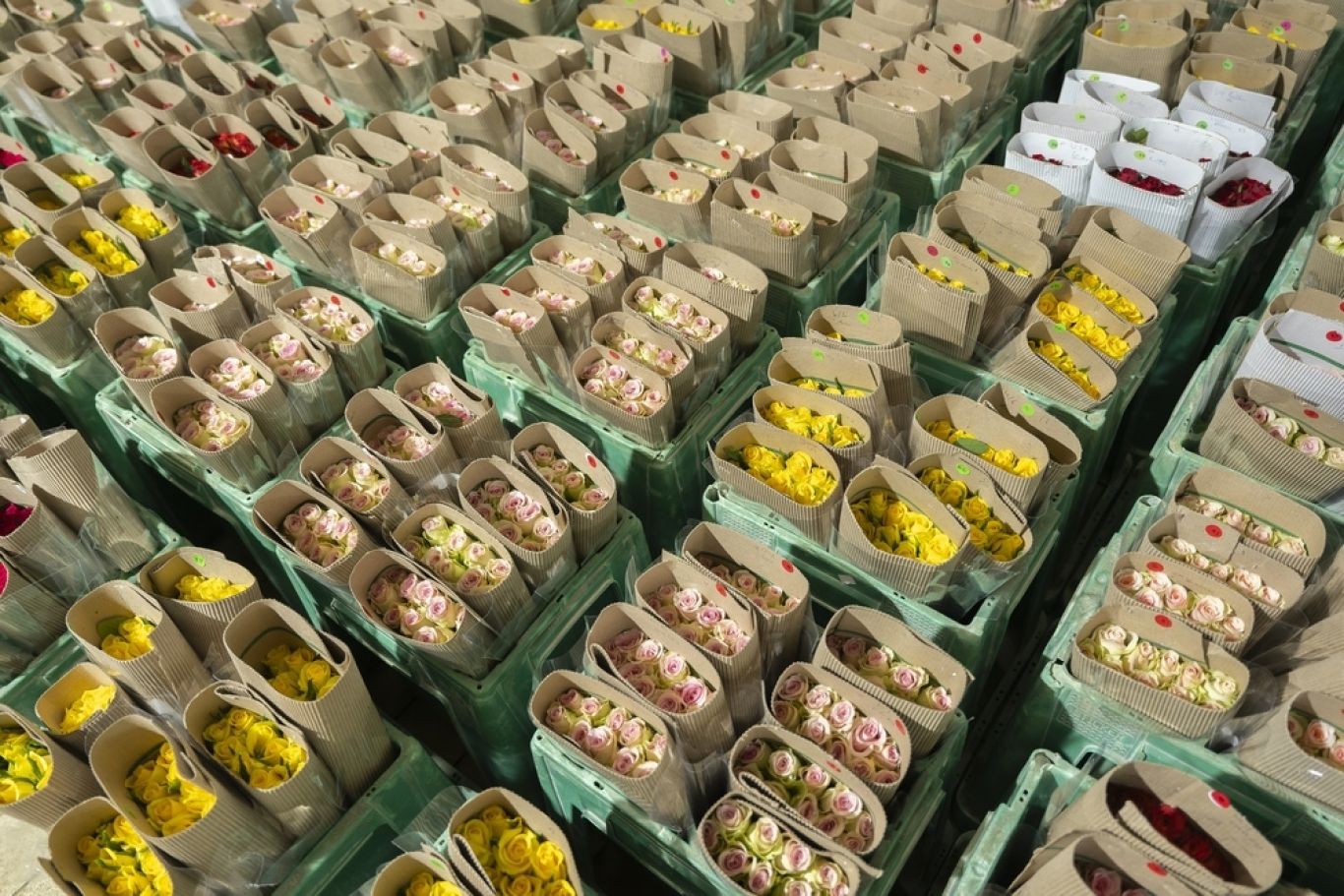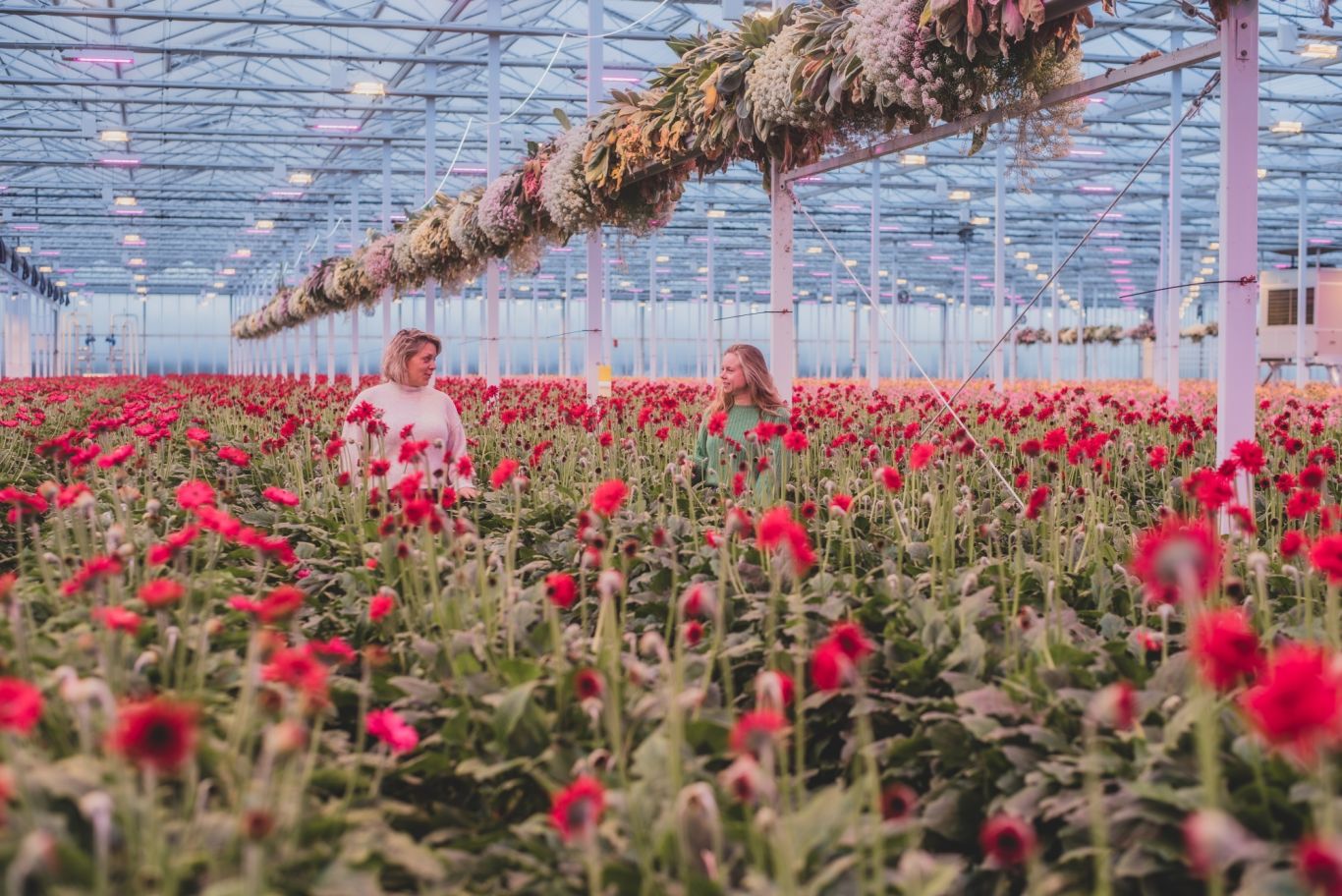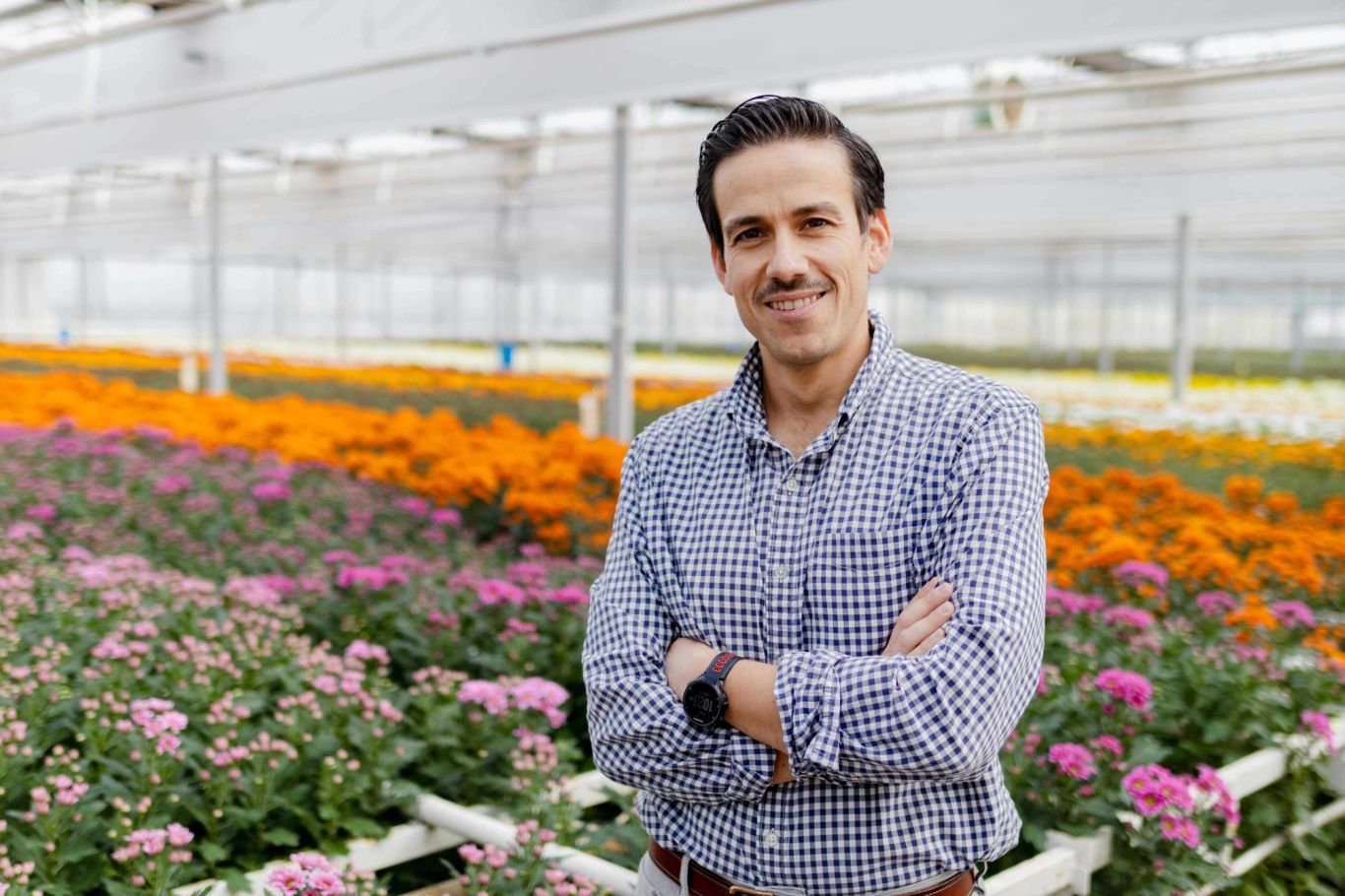Crop protection in the Netherlands and Africa: how does it work in practice?
August 27, 2025

Growers worldwide want to supply high-quality flowers and plants. Free from disease or pests with no damage and a long vase life. They use an Integrated Pest Management plan (IPM) in order to protect their products. Chemicals are a last resort and are only used where there are no alternatives. However, this subject remains shrouded in uncertainty. The use of crop protection is coming under increased scrutiny. Facts, myths and opinions often get mixed up in social discourse. In this article, we clarify (chemical) crop protection both inside the European Union and (a part of) Africa. Around the world, growers are taking steps to reduce its use even further. They are phasing out the use of the most environmentally harmful active substances and looking for more sustainable alternatives.
When and how do growers use crop protection?
Crop protection is used to protect crops from pests and disease. Growers use an IPM, or Integrated Pest Management plan. This approach prevents and controls pests in a less harsh, more environmentally friendly way. Here, the use of chemical pesticides is not the first option, as it used to be, but instead only the last resort. Partly as a result of this, there has been a sharp decline in the use of crop protection products (Source: CBS and MPS). Working with an IPM is an EU requirement. Every grower certified to FSI's requirements therefore works with an IPM. The majority of growers in Kenya (83%) Ethiopia (88%) and Europe (77%) are certified according to FSI standards. This means they also work according to IPM.
An IPM plan teaches growers to understand the life cycle of pests and focus on prevention, such as hygiene and the use of natural predators. Action can then be taken to control an infestation. This process comprises the following four steps:
- Prevention: preventing pests.
- Monitoring: regular monitoring of pest populations to prevent an outbreak.
- Control: first biological, then mechanical (including traps) and only then with chemicals.
- Review: the plan is reviewed and improved where necessary.
What global principles apply to using crop protection?
Approval schemes for crop protection in the EU and Africa differ. The basic principle is the same all over the world: substances must be effective as well as safe for people, animals and the environment. Which active substances are needed for a specific crop depends on several factors.
These include climate, cultivation systems and the scale of problems with pests and diseases. Africa and Europe have different pests and diseases. The Netherlands is also different from southern Europe. Local (national) government therefore ultimately decide which crop protection methods are permitted. The Local government is also ultimately responsible for enforcement.
The landscape surrounding crop protection is constantly evolving, based on the latest scientific discoveries. For instance, the Kenyan government is currently aligning its legislation regarding crop protection in horticulture more closely with EU legislation. Growers and Royal FloraHolland are closely monitoring this process when it comes to floriculture.
How does the crop protection approval system work?
There are rigorous formal audit processes in both the EU and Africa for approving crop protection. Approval systems differ from one country or region to the next. This makes sense, as factors such as climate and the scale of problems with pests and disease vary from one country or region to another. You can find out how the approval systems work in the EU, Kenya and Ethiopia below.
European Union
Applications from manufacturers of active substances used in crop protection in the EU are assessed by the European Food Safety Authority (EFSA). If the active substances are safe for people, animals and the environment, then they can be used in a product for specific applications. Approval and use are regulated individually by each European Union member state. The Dutch Board for the Authorisation of Plant Protection Products and Biocides (Ctgb) is responsible for this in the Netherlands. Other EU countries have similar bodies. Within the EU, a zone-based approach is applied. This means countries in similar climate zones can operate joint approval schemes. In addition, member states always have the right to impose additional national requirements, for example, based on local environmental protection policies.
Kenya
In Kenya, approval is through the Pest Control Products Board (PCPB). There are no special approved active ingredients in Kenya (& Ethiopia). Growers comply with EU lists, KFC list, Fairtrade list, MPS list and to some specific customer approved or banned lists. Growers have certification to the “FSI Basket Of Standards” which includes international certification schemes such as KFC, GLOBALG.A.P and MPS. This ensures transparency regarding production methods, which are similar to those used in the Netherlands. There is greater control over the use of crop protection, in part due to certification and more exacting customer demands. Any use of non-approved active ingredients lead to immediate certificate withdrawal.
Ethiopia
In Ethiopia, approval of crop protection is regulated by the Plant Health Regulatory Directorate (PHRD). This authority is part of the Ethiopian Ministry of Agriculture. Again, growers comply with EU lists, KFC list, Fairtrade list, MPS list and to some specific customer approved or banned lists. Growers have certification to the “FSI Basket Of Standards” which includes international certification schemes such as EPHEA, GLOBALG.A.P and MPS. EU supermarket chains impose requirements on the use of crop protection. They also demand certification and there are requirements relating to exports. These EU requirements play an important role in Ethiopia (and Kenya). Any use of non-approved active ingredients lead to immediate certificate withdrawal.
What has been achieved already in relation to the use of crop protection for the floriculture?
Crop protection remains important in the battle against pests and disease. However, the floriculture sector is taking major steps towards more environmentally friendly cultivation. The results under MPS participants speak for themselves, including (source MPS):
- The use of crop protection in floriculture has decreased worldwide by 35% per hectare since 2015.
- Figures show that the use of the most environmentally harmful (chemical) crop protection has fallen by as much as 78% worldwide since 2015.
- In fact, since 2015, pot plant growers in the Netherlands have reduced the use of the most environmentally harmful substances by 96%. For cut flowers, it is 88%.
- Growers in Kenya have reduced the use of the most environmentally harmful substances by a whopping 58% since 2019.
- Growers in Ethiopia have seen a 56% reduction in the use of the most environmentally harmful substances since 2019.
- Several environmental certifications routinely include an independent residue analysis to verify that the reported data matches results from the leaf analysis. There are also trade organisations which arrange for additional analysis of the products they cover.
What can we conclude in terms of reducing environmental impact?
Growers worldwide are actively committed to keeping their products healthy and safe, and to reducing environmental impact. They do this while also paying great attention to safety and maintaining a clean environment. This can be seen, for instance, in the declining trends for chemical use. Various green crop protection products are available, and work is also progressing rapidly to bring other green crop protection products of all kinds to market. Almost all manufacturers of familiar products as well as entirely new producers are committed to this. The EU is working to accelerate assessment of the many green substances currently in the approval process.
The increasing cooperation between countries from Europe and Africa is encouraging. Assessments of crop protection products are increasingly aligned and approval systems are increasingly harmonised. By working more transparently, innovating and working together, growers worldwide are taking steps towards a sustainable future.
How do growers view this topic?
Read the growers' experiences here:
- Ed Stofbergen of Stofbergen Plant Company in Bergschenhoek grows Bromeliads. These are supplied to retailers, garden centers, and florists via exporters.
- Nancy Kurgat of Sian Flowers in Kenya produces roses and summer flowers, among other things. Sian Flowers sells its products worldwide.
- Rosaline Zuurbier of Zuurbier & Co has been producing high-quality cut roses for over 50 years. Since 2001, the roses have been grown at the Bilashaka Flowers nursery in Kenya.
-
Did you find this interesting?
Then share this article


